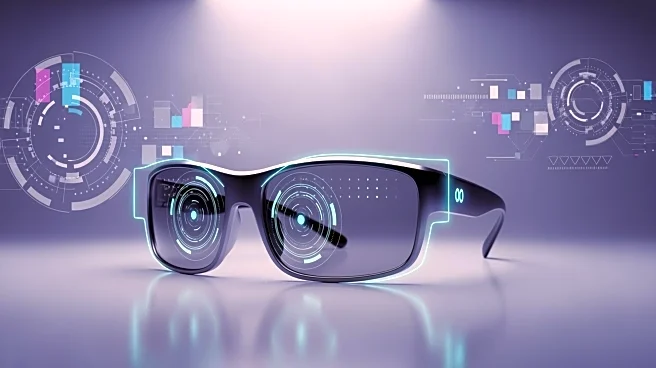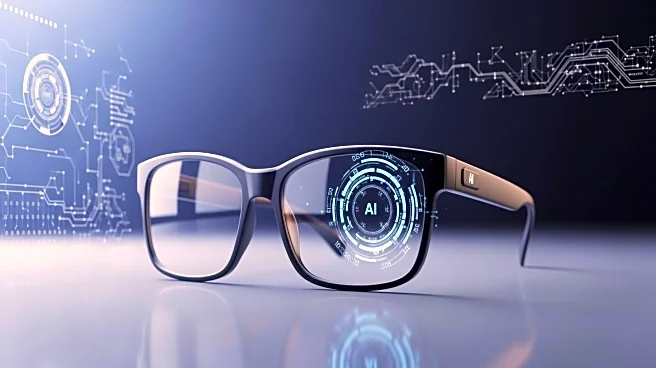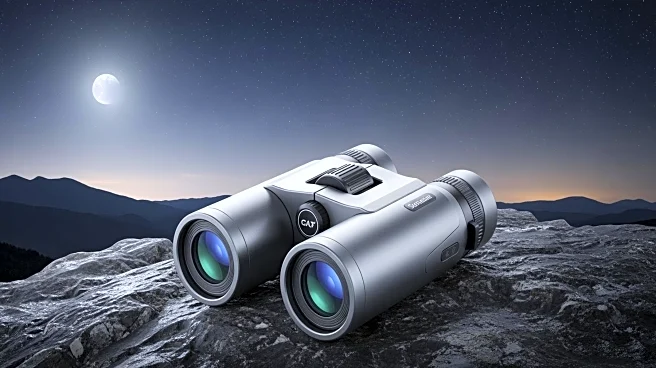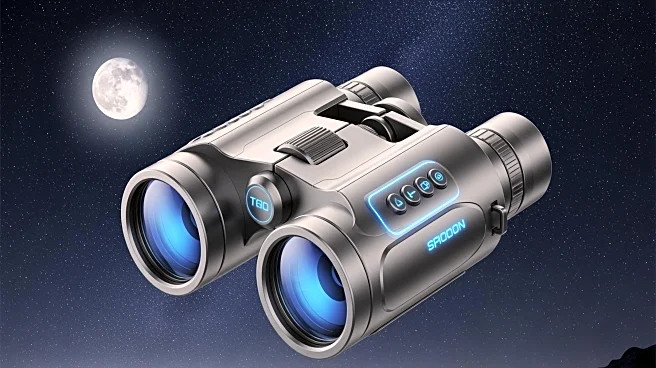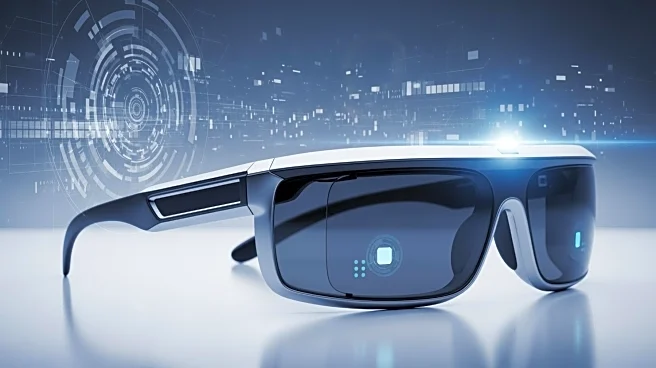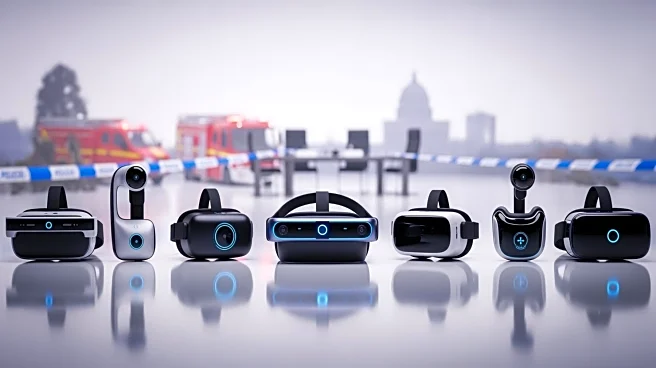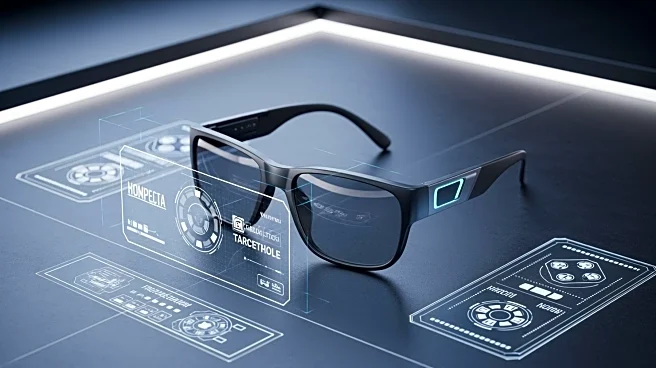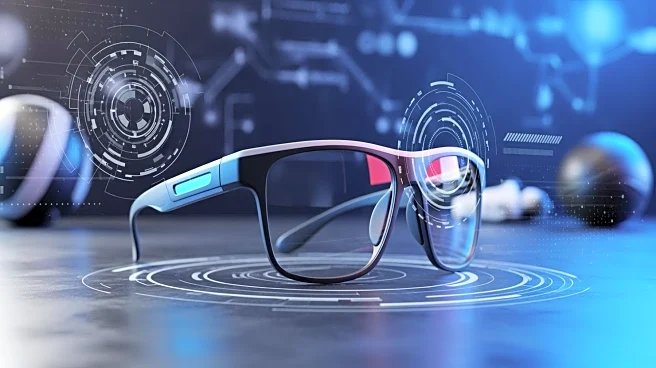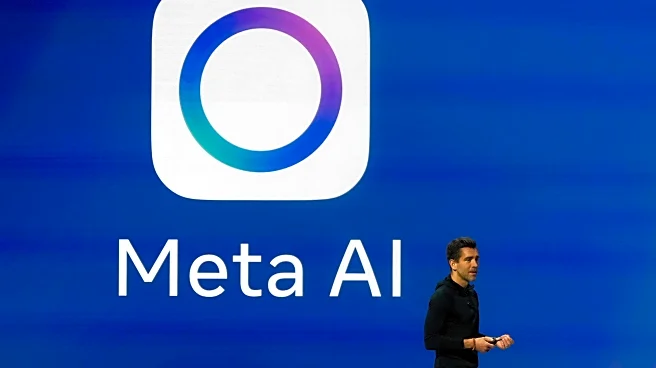What's Happening?
Meta has announced the release of its new AI-powered display glasses, marking a significant step in the company's augmented reality (AR) strategy. Revealed at the annual Connect keynote on September 17,
2025, these glasses feature a simple on-frame display and new AI capabilities, aimed at enhancing everyday AR experiences. Positioned as a premium product, the glasses are expected to retail at a higher price point than previous Ray-Ban models. This launch is part of Meta's broader push to accelerate AR adoption by offering a more accessible and practical alternative to bulkier headset designs. The announcement has sparked interest among developers and consumers, with discussions focusing on the potential applications and implications of this new technology.
Why It's Important?
The introduction of Meta's AI display glasses represents a pivotal moment in the AR market, as it could drive wider consumer adoption of AR technology. By offering a more user-friendly and aesthetically pleasing design, Meta aims to make AR more appealing to everyday users. This move could also stimulate innovation among developers, who are likely to explore new applications and services that leverage the glasses' capabilities. The success of this product could influence other tech companies to accelerate their own AR initiatives, potentially leading to a more competitive and dynamic market. Additionally, the glasses' AI features could redefine how users interact with digital content, offering new possibilities for hands-free assistance and navigation.
What's Next?
As Meta prepares to launch its AI display glasses, the company will likely focus on building partnerships with retailers and app developers to ensure a successful market entry. The response from consumers and developers will be crucial in determining the product's long-term success. If the glasses gain traction, Meta may expand its AR offerings, potentially introducing more affordable models to capture a broader audience. The development of practical applications and services will be key to driving consumer interest and adoption. As the AR market evolves, other tech companies may also introduce competing products, further shaping the future of augmented reality technology.
